Diary and life writing Creative writing falls outside the scope of the usual professional, journalistic, academic, or technical forms of literature, which are usually identified through narrative skills, character development, the use of literary metaphors, or emphasizing various poetic and poetic traditions. (by Wikipedia) In particular, with the importance of creative writing, we recommend that practice writing every day. The best authors, including Stephen King, recommend that for improving creative writing, we have to write something every day. The daily writing in your life exercises will help you accomplish that and improve your talent immensely. Life writing encompasses many genres and practices, including letters, autobiography, biographies, personal essays, memoirs, and now takes on new social media formats such as blogs and other SMS. One of the most well-known daily writing styles is probably the diary. A diary is a record with discrete entries arranged by date reporting on what has happened for a day or another. A personal diary as a daily record may include a person's experiences, thoughts, and feelings, excluding comments on current events outside our direct experience. The most famous of these diaries is probably Anne's Diary, which reveals the atrocities of the Nazis. Anne's diary is a diary left by Anne Frank, a Dutch Jewish girl who was taken to an Auschwitz concentration camp during the brutal Holocaust of Nazi Germany during World War II, in the form of a conversation with her fictional friend, Kitty. It is recognized as a cultural heritage that reminded future generations of the horrors of war. In this way, daily records record the field of history, express one's life itself, and give many impressions and lessons to future generations. If so, is there such a painting as a diary? A picture diary is a summary of daily life with text. Generally, we draw and write something with a journal book when we travel, paste photos or tickets to indicate the purpose and route of the trip. In some cases, parenting picture diaries written while raising children remain national historical records and become property. South Korea's now deceased grandmother, Jeong-Hee Park, had kept a parenting diary that documented the process of raising her five children from 1952 to 1963. The Diary was filled with handwritten letters and carefully drawn illustrations. The details of her life, such as the name of the homeroom teacher who took care of her daughter, and a list of gifts sent to her son, were written down in detail. She made the children's clothes one by one by hand-sewn, drew the designs, and wrote them down in his Diary. Grandmother Park Jeong-hee wanted her children to be happy adults enjoying life independently. When she wrote the parenting diary, it was during the Korean War. The Diary was written on the back of the sheet music discarded by the church due to poor living conditions, and the cover was made of quilts. However, thanks to Grandma Park Jeong-hee's tender care, the laughter of her five siblings did not stop even in the turbulent life of war. "''Let's have fun evacuating,'' You guys say these kinds of noises every day, and Grandpa watches UN military planes play from the roof as if they are bombing. I trimmed the sweet potato shoots and made soybean paste soup, so I didn't think about it scary, and I spent the day chasing." - The book, Happy parenting diary-Bombardment and Us (p48) Like the scene in the movie, 〈Life is Beautiful〉 is the moment, the main character, Guido, is caught by the soldiers, he looks at his son hidden in an iron box in the alley and takes a comical step. With cheerful Guido's wink, the ending scene of the father Guido, who was always bright in any reality, became a famous scene in film history due to Roberto Benigni's face full of pathos. the scene in the movie, 〈Life is Beautiful〉 Painter Park Jeong-hee, who lived a life like a scene from a movie, kept her parenting diary, and she donated it to the National Archives of Korea. In her diary, she recorded writing and drawing about the real life of the Japanese colonial period and the Korean War. The trivial daily history represented the middle class's life when they lived in Seoul and Pyongyang during the Japanese colonial period and immediately after liberation, the evacuation during the Korean War, and the joys of daily life created in it. Grandmother Park Jeong-hee honed her drawing skills, and she made her debut as an artist at the age of 67, and she held several solo exhibitions. In the case of the United States, a person recorded and painted small daily life, such as Park Jeong-hee, grandmother of Korea. It is Grandma Moses. She made her debut as an artist at 76 and did not put her brush down until she turned 101, where she left over a thousand paintings. the grandmother, who was nearly 80 years old, continued to paint more than 40 paintings each year. This in itself is a truly remarkable record. She was born in 1860 as the eldest daughter in a poor rural village, married at 17, just like average people, and was an ordinary housewife with ten children. At first, she embroidered, but as she got older, her arthritis worsened, and she could no longer use her needles, so she turned to a brush. In this way, her drawings of her diligently documenting her life as a diary are displayed in front of a small pharmacy in her village at her daughter's recommendation. It was a rustic and shabby start. But it is said that fate belongs to those who are prepared. Lewis Calder, a collector who visited the village by chance, bought all his paintings from a local pharmacy window. The following year, art planner Otto Carlier put his paintings on display in a New York pavilion, and Grandma became a star. Her work is an innocuous documentary of rural American life and has moved many people to international fame. In 1949, President Harry Truman presented her with her 'Women's Press Club Award', and in 1960 New York Governor Nelson Rockefeller declared her 100th birthday 'Grandma Moses Day. These two grandmothers had in common that they had a passion for life and loved, enjoyed, and thanked each moment in writing. These paintings become historical records and become a personal achievement and legacy as time goes by. You can see the excellent role of recording a historical scene in life. Today is a precious moment in our lives. Recording these special moments in your style will be a great way to spend each day meaningfully and later, it will be a historical page.
0 Comments
Leave a Reply. |
Myungja Anna KohArtist Categories
All
Archives
July 2024
|
Proudly powered by Weebly

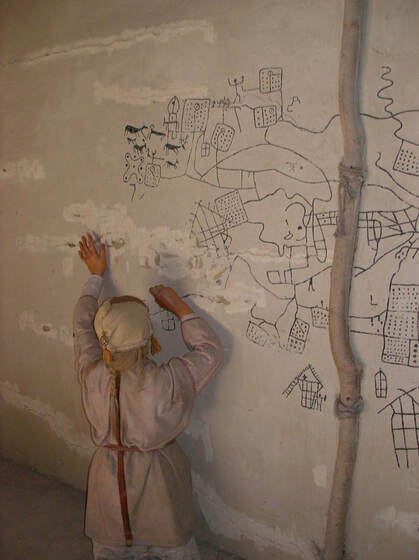
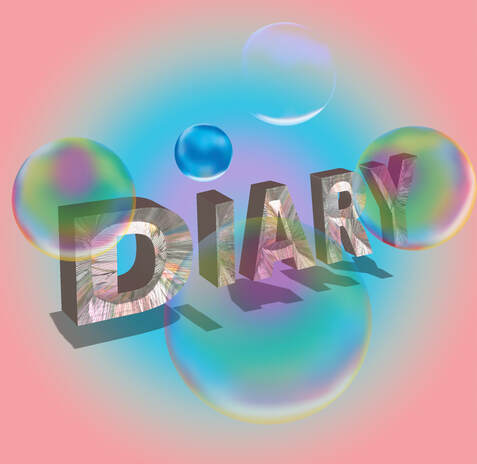
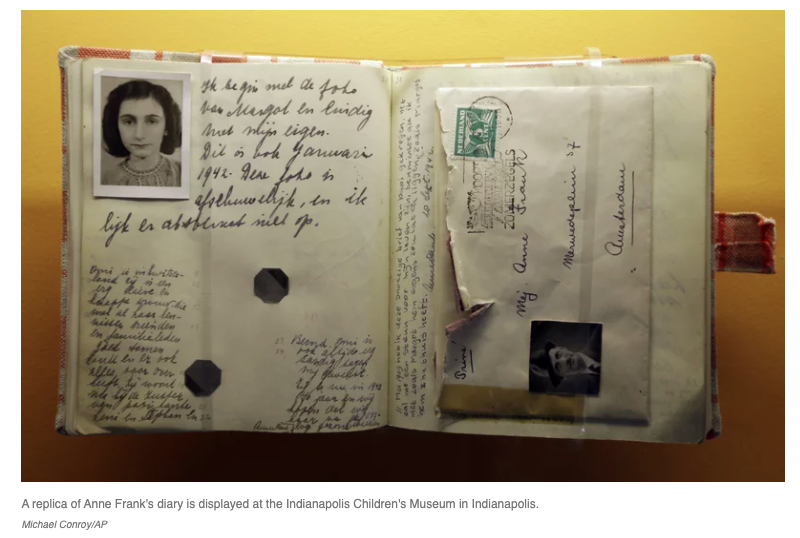
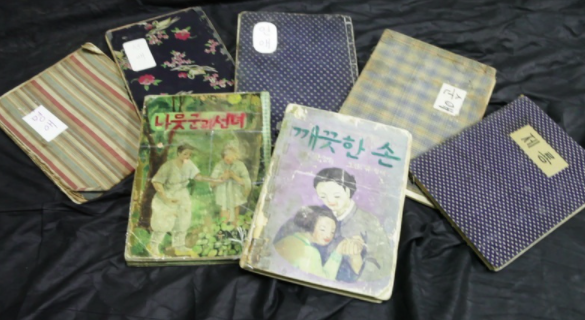
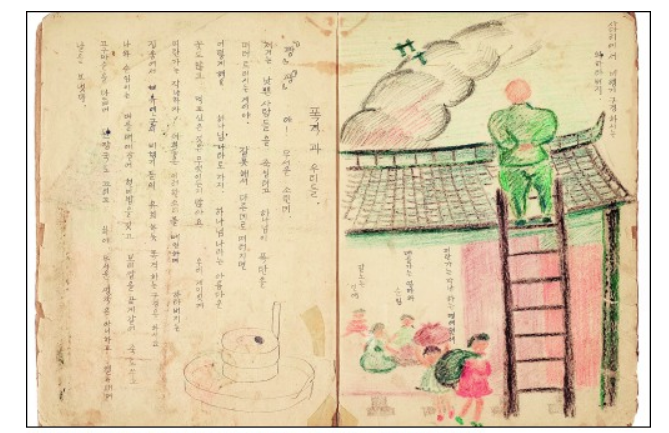
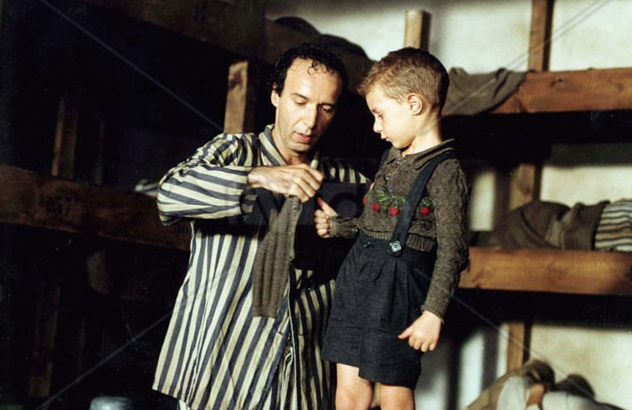
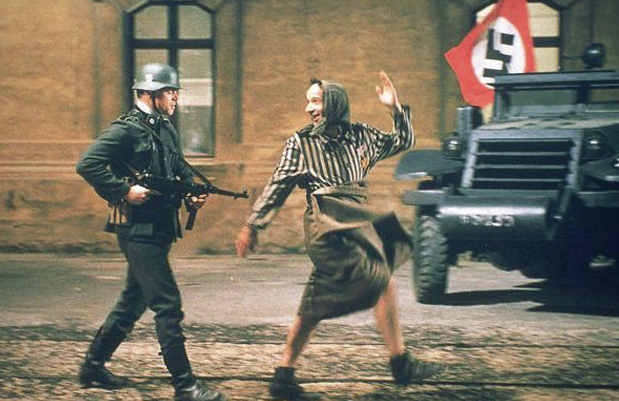
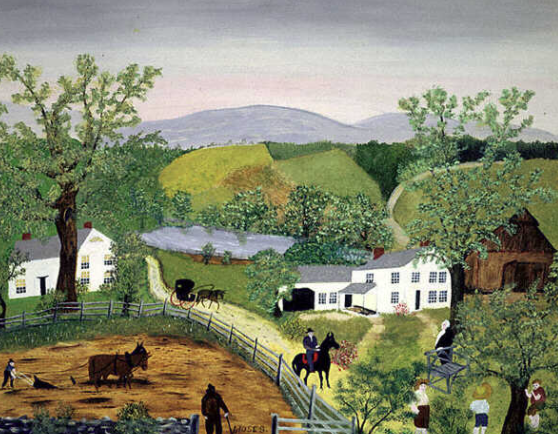
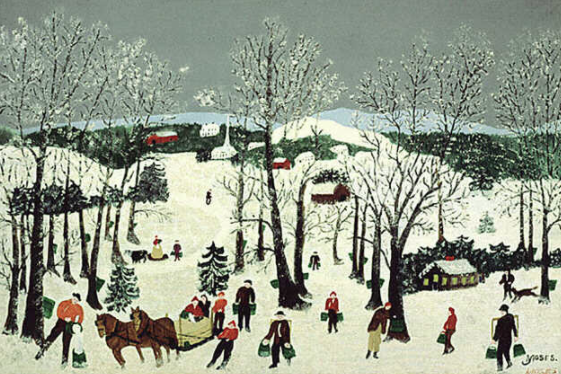
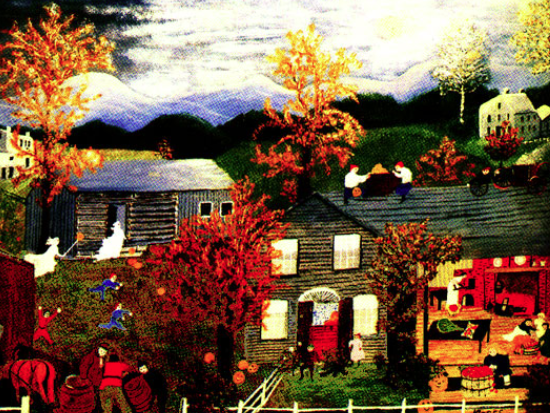
 RSS Feed
RSS Feed